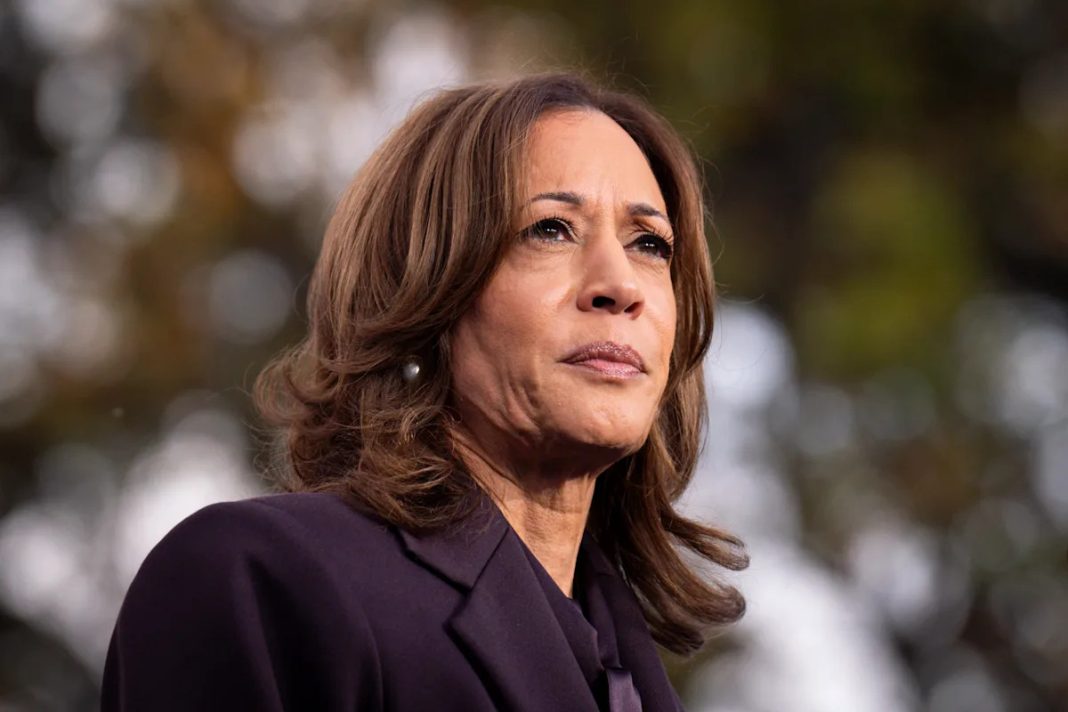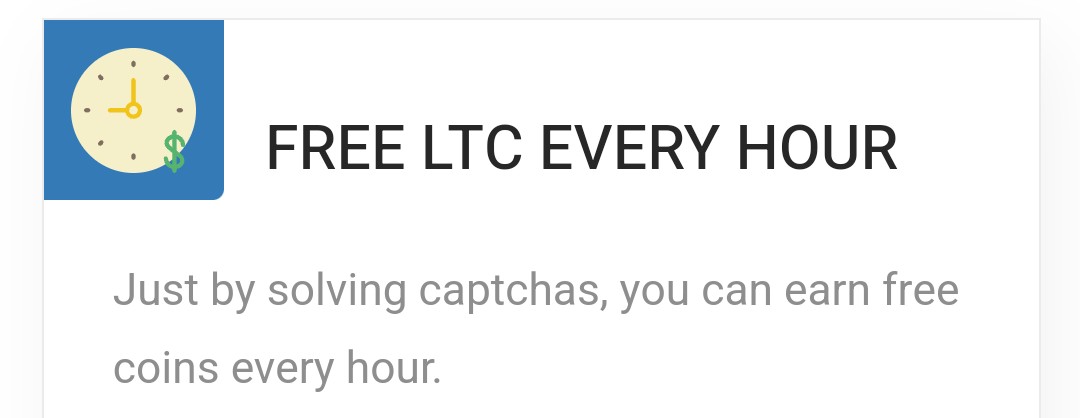Six months ago, Kamala Harris took a break from packing up the vice president’s residence to attend a quiet meeting on Capitol Hill with a group of Black congresswomen. She had advice for them on how to steel themselves for a second Trump administration.
“She said, ‘Make sure you are being authentic to yourself, and don’t do anything because someone is asking you to do that,’” recalled Rep. Sydney Kamlager-Dove, a Democrat from Harris’ home state of California. “‘You do it because that’s what you want to do and that’s the right thing to do.’”
On Wednesday, Harris took her own advice.
“At the end of the day, when she did her own gut check — to put it in the prosecutorial parlance — she had reasonable doubt,” said Sean Clegg, one of her longest-serving political advisers.
Those words in January ultimately proved prescient, when she announced she would not seek the top post in her home state. But since that meeting on the Hill, a Harris gubernatorial bid had become almost a foregone conclusion in California political circles. Her deliberations froze the 2026 contest to succeed Gov. Gavin Newsom in a state of paralysis. Public polling consistently showed Harris would start the race as the prohibitive favorite.
Ultimately, however, Harris’ heart wasn’t in it.
Her interest in the post waxed and waned in the months since she left Washington. She returned home to a pile-up of crises: historic wildfires that encroached on her neighborhood, a hostile Trump administration that threatened to upend the state’s finances, an unprecedented clash over immigration enforcement.
The former vice president was choosy on when to put herself back in the public eye. She made a pair of visits to affected fire zones and put out sporadic statements denouncing Trump’s actions. But her intermittent appearances were just as often in front of national groups or audiences outside of California. Her decision not to attend the California Democratic Party’s political convention in May led party activists to wonder if the gubernatorial bid was simply a back-up plan.
At the beginning of the summer, Harris and her team in earnest ran through what it would take to mount a campaign for governor. She would have to raise roughly $40-50 million for the primary, maybe $75 million or more in total. They looked at the political math: With her universal name identification and fundraising chops, she would almost certainly be among the top-two finishers in the June primary. But if a second Democrat advanced past the primary, under California’s jungle-primary rules, she would not necessarily have a glide path in November; Republican voters could rally behind Harris’ challenger.
Still, her team was confident she could mount a winning governor’s campaign, and she was hearing encouragement from national Democrats who wanted to avoid a messy intra-party feud in a blue state.
Another faction of Democratic politicians and donors was less enthusiastic, though few voiced their misgivings directly to Harris. Some members of her party spoke of a prolonged hangover from her presidential loss. Even if they did not blame her for losing to Trump in a truncated campaign, they did not want to be reminded of what transpired.
Among Harris’ most ardent backers, the mood was decidedly mixed. Some remembered how she had initially eyed the governorship a decade ago, only to run for U.S. Senate instead. Others questioned if she truly was interested in spending time in Sacramento, hundreds of miles from her Los Angeles home, slogging through grueling budget negotiations and contending with state legislators.
Many conveyed they’d be with her either way — but they wanted to be sure it was the best decision Harris could make for herself.
Kamlager-Dove, meeting again with Harris in June as the speculation around the governor’s race was hitting its peak, urged the former vice president to make a decision “that was going to sit right with her heart.”
“As a woman, I know what it’s like to feel like someone might be pressuring you to do something that you don’t necessarily want to do,” Kamlager-Dove said. “So I remember being very vocal about making sure that she was leaning into her own agency. She put her hand on her heart and thanked me for saying that and for sharing that, and I could tell that she was taking all of this very seriously.”
Last week, Harris traveled to England to attend the wedding of Eve Jobs, daughter of Steve Jobs and Laurene Powell Jobs, a close friend of Harris’. The Cotswolds event, which included a number of attendees from her long-ago San Francisco days, was a clarifying change of routine that, according to several people close to her, helped solidify her decision. She began to inform her inner circle of her decision when she returned on Sunday.
Among those who got an advance heads-up were Newsom and Lt. Gov. Eleni Kounalakis, a gubernatorial candidate who had planned to leave the race if Harris ran. People who spoke to her prior to the public announcement said she was upbeat and quick to laugh, showing some relief in making her decision.
Her allies say she still sees a national role for herself and is not closing the door on a 2028 presidential run, although that was not a predominant factor in her decision.
“There’s a lot of work that has to be done here in California specifically, but there’s a lot of work that has to be done in the country,” said Todd Hawkins, a Los Angeles-based bundler who has supported Harris for years. “And I think she sees her voice as a national voice as well, not limiting that to California.”
The outlet for that voice is still to be determined. Rep. Robert Garcia, a Los Angeles Democrat, predicted she would be an active surrogate for Democrats in the midterms.
“She’s talked to me about, ‘Let’s flip Congress. Let’s flip the House. I’m going to get out there and help campaign for Democrats and help raise money and bring our volunteers,’” he said. “She has the best volunteer organizing list in the country.”
She has also explored starting a non-profit as a way to remain involved. Aides said she is interested in the questions surrounding artificial intelligence, as well as the challenges facing Gen Z as an entry point to tackle pressing issues in the country. They point to the precedent set by other national figures who have gone on to make marks in the philanthropic world.
“Look at the global impact of the Clinton Foundation. Look at how the former First Lady [Michelle Obama] is continuing to engage young voters, and encouraging them to register to vote,” said former California Sen. Laphonza Butler, a longtime Harris ally.
Butler noted that Harris had “longstanding relationships” with both the Clintons and the Obamas and would not be surprised if the former vice president had consulted with them in exploring her options.
By passing on an opportunity to run the nation’s most populous state, Harris now finds herself, for the first time in more than two decades, outside of elected office. Now she has to determine what that looks like.
“She’s been in the establishment her whole life. She’s been working on the inside her whole life,” said Clegg. “So rather than coming back and going back on the inside as governor, she feels a stronger pull to see what kind of difference she can make and change she can make from outside of the system.”

